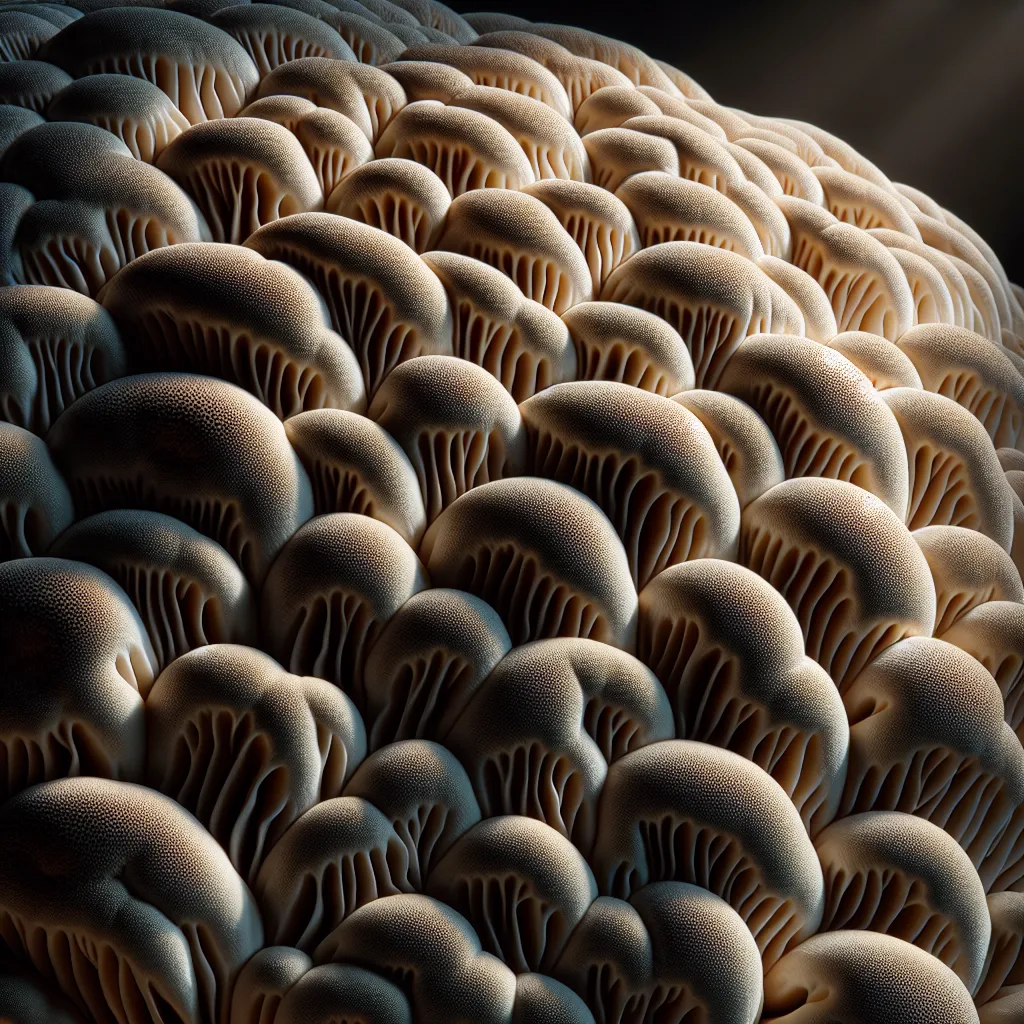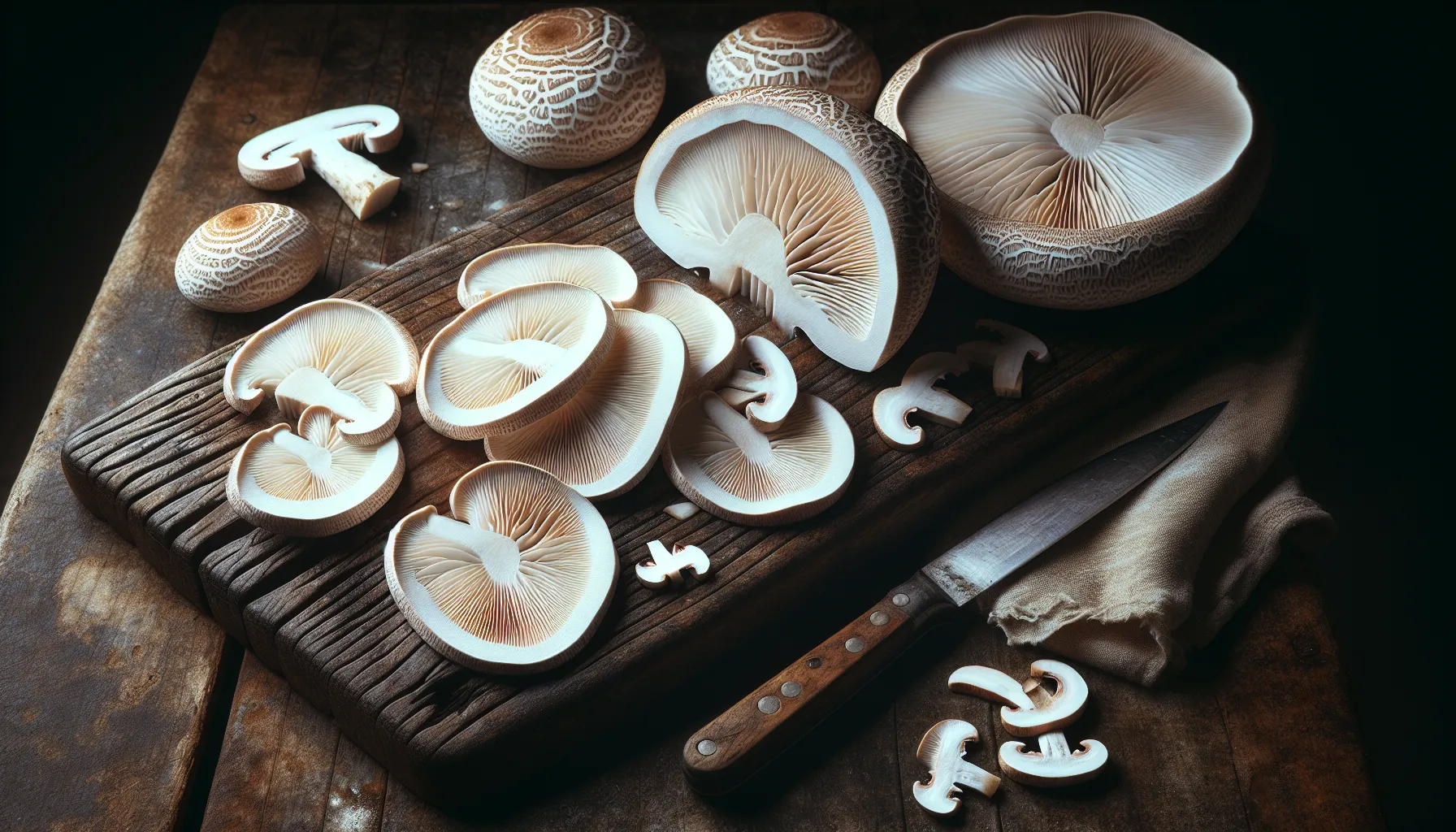Giant puffball mushrooms, (Calvatia gigantea) are not only a fascination for foragers but also a trove of nutritional and medicinal benefits. These impressive fungi can be found carpeting the forest floors and open meadows, presenting a unique food source that’s been tapped into for generations. In this detailed exploration, we delve into the world of giant puffballs, uncovering their identification, nutritional content, health benefits, culinary uses, and storage tips.
What Is a Giant Puffball Mushroom?
The giant puffball mushroom is a species of fungi that boasts an imposing presence in the wild. Resembling a soccer ball or watermelon in size, these mushrooms can grow to considerable dimensions, with records noting specimens as wide as 8.6 feet and weighing 48 pounds. They are predominantly found in the central and eastern regions of the United States and Canada, usually making an appearance from late summer to fall.

When young, a giant puffball’s flesh is white with a spongy texture, but as it ages, it transitions to a yellow or brown hue, becoming powdery as the spores mature. A fascinating fact about these mushrooms is that a single 10 to 15-inch puffball can contain a staggering 7 trillion spores, ready to propagate and continue the lifecycle of this fungal marvel.
Identification of a Giant Puffball
Identifying giant puffballs is relatively straightforward due to their distinctive shape and size. They are typically smooth, white, and spherical or pear-shaped, lacking the stem commonly seen in other mushrooms. When foraging, one must exercise caution to avoid confusing edible puffballs with toxic varieties, such as the deadly destroying angel (Amanita bisporigera). It’s crucial to slice the mushroom open, ensuring it’s uniformly white inside with no gills, cap, or stem structures.
Nutritional Profile of Giant Puffball Mushrooms
Giant puffballs are not only a delight for mushroom enthusiasts but also a source of valuable nutrients. They are rich in essential amino acids like tryptophan, leucine, isoleucine, and others that are vital for biological functions and must be obtained through one’s diet. In addition to providing protein building blocks, these mushrooms are also low in calories, high in dietary fiber, and contain beneficial polyunsaturated fatty acids and sugars.

Unveiling the Health Benefits
The giant puffball mushroom isn’t just a food item; it has a history of medicinal use. Native American tribes, such as the Lakota, utilized the spores for their wound-healing properties, capitalizing on their ability to promote clotting and prevent infection. Modern research supports these traditional practices, revealing that giant puffballs possess immune-regulating, anti-inflammatory, antidiabetic, and even anticancer properties.
For instance, compounds like beta-sitosterol and melanin found within these mushrooms help modulate the immune system and reduce inflammation. Studies have also indicated that giant puffballs can inhibit enzymes linked to type 2 diabetes, potentially aiding in blood sugar regulation. Moreover, research from the 1960s identified a substance called calvacin in these mushrooms that demonstrated potent anticancer activity in animal models.
To further explore these health benefits, you can refer to niche research articles like those found on the Intermountain Herbarium website and the detailed study in the International Journal of Medicinal Mushrooms.
Storing Giant Puffball Mushrooms
Storing giant puffballs can be a bit challenging due to their large size and delicate composition. They are best consumed fresh, but if needed, they can be refrigerated for a short period of 2-5 days. It’s advised not to wash them before storage, as they will absorb moisture and lose texture. When preparing to eat, ensure they are white and firm, trimming away any infested parts and peeling the outer skin.
Culinary Uses and Recipes
The mild, earthy flavor of giant puffball mushrooms makes them quite versatile in the kitchen. They can be sliced and batter-fried, similar to a meat or tofu, absorbing the flavors of accompanying ingredients. Some popular recipes include fritters, breaded steaks, and even using slices as a pizza base. For a collection of unique recipes, check out niche food blogs like Forager Chef which specializes in wild edibles and gourmet fungi dishes.

Other Considerations
When harvesting giant puffballs, ensure that the area is free of harmful chemicals. For those new to these mushrooms or with allergies, it’s crucial to cook them thoroughly and start with small portions to prevent adverse reactions.
Conclusion
The giant puffball mushroom is more than a woodland giant; it’s a nutrient-rich food source with a variety of health benefits. As with any wild foraging, proper identification is key to safe consumption. With their ability to complement many dishes and their potential medicinal properties, giant puffballs offer a unique blend of flavor and function that can enrich our diets and support our well-being.
To deepen your understanding and appreciation of these magnificent mushrooms, seeking out information from specialized resources like Cornell University’s mushroom guide or the Missouri Department of Conservation can be incredibly insightful. Whether you’re a seasoned forager or a curious foodie, the world of giant puffball mushrooms is ripe for exploration.
